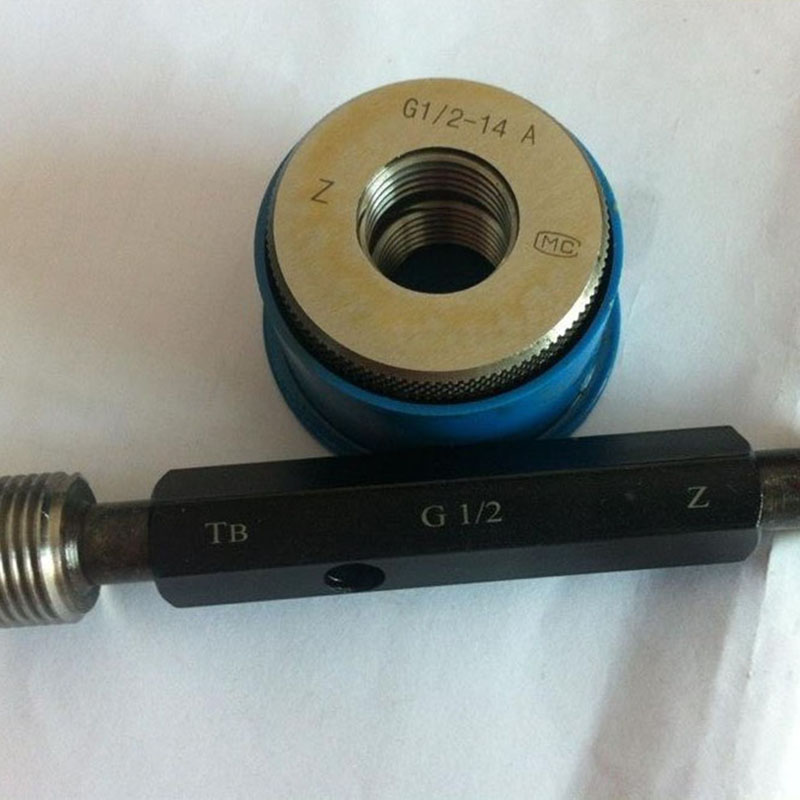Sep . 28, 2024 11:17 Back to list
type of micrometre
Understanding Types of Micrometers Precision Tools for Measurement
Micrometers are essential tools in various fields such as engineering, manufacturing, and science, where accurate measurement is crucial. They are designed to measure small dimensions with high precision, often down to a thousandth of a millimeter (1µm). The utility of micrometers extends across numerous applications, making it important to understand the different types available and their specific uses.
1. Outside Micrometers
Outside micrometers are the most commonly used type. They are primarily used to measure the external dimensions of an object, such as the thickness of a material or the diameter of a cylindrical part. Typically, an outside micrometer consists of a U-shaped frame, a measuring screw, a spindle, and anvil. When measuring, the object is placed between the anvil and the spindle, which is adjusted for a snug fit. The precision of these micrometers usually ranges from 0.01 mm to 0.001 mm, depending on the model.
Outside micrometers come in various sizes, with the most common ones being 25 mm, 50 mm, 75 mm, and 100 mm in measuring range. Some models are equipped with digital readouts for easier and more accurate reading.
2
. Inside MicrometersInside micrometers serve a different purpose measuring the internal dimensions of an object, such as the diameter of a hole or the width of a groove. They generally consist of a cylindrical frame with an internal measuring rod that can be expanded or contracted to fit the internal surface. Like outside micrometers, they offer high precision, and their scope can also be measured in millimeters or inches.
type of micrometre

Inside micrometers can be further specialized, with some models designed to measure small internal diameters and others for larger applications. Variations include telescoping micrometers, which offer fine tuning for various internal measurements.
3. Depth Micrometers
Depth micrometers are specialized tools designed to measure the depth of holes, slots, and grooves. They feature a long rod attached to a micrometer head that can be lowered into the hole to capture depth measurements. The accurate reading is taken from the micrometer's scale, allowing for precise depth measurement in manufacturing and machining processes. Some depth micrometers are available with digital displays for enhanced readability.
4. Digital Micrometers
With advancements in technology, digital micrometers have become increasingly popular. They offer the same precision as traditional micrometers but with the advantage of digital readouts. This feature eliminates the potential for human error associated with manual reading and allows for easier interpretation of measurements. Many digital micrometers also have features like data storage, Bluetooth connectivity, and conversion functions between metric and imperial units.
Conclusion
In summary, micrometers are indispensable tools in precise measurement tasks across various industries. The main types include outside, inside, and depth micrometers, each designed for specific applications. Digital micrometers, with their modern features, are paving the way for enhanced precision and user-friendliness. Understanding the different types of micrometers and their functions will enable users to select the right tool for their measurement needs, ensuring accuracy in every project. Whether in a factory setting, a laboratory, or a workshop, having the right micrometer can make all the difference in achieving optimal results.
-
Why Metric Trapezoidal Thread is Ideal for Precision Motion ControlNewsAug.05,2025
-
The Unique Properties of a Block of Granite for Industrial UseNewsAug.05,2025
-
The Role of Flanged Y Strainers in Preventing Pipeline ClogsNewsAug.05,2025
-
The Importance of Regular Calibration for Master Ring GagesNewsAug.05,2025
-
How a Cast Iron Surface Table Enhances Accuracy in ManufacturingNewsAug.05,2025
-
Comparing Different Check Valve Types for Optimal Flow ControlNewsAug.05,2025
Related PRODUCTS









